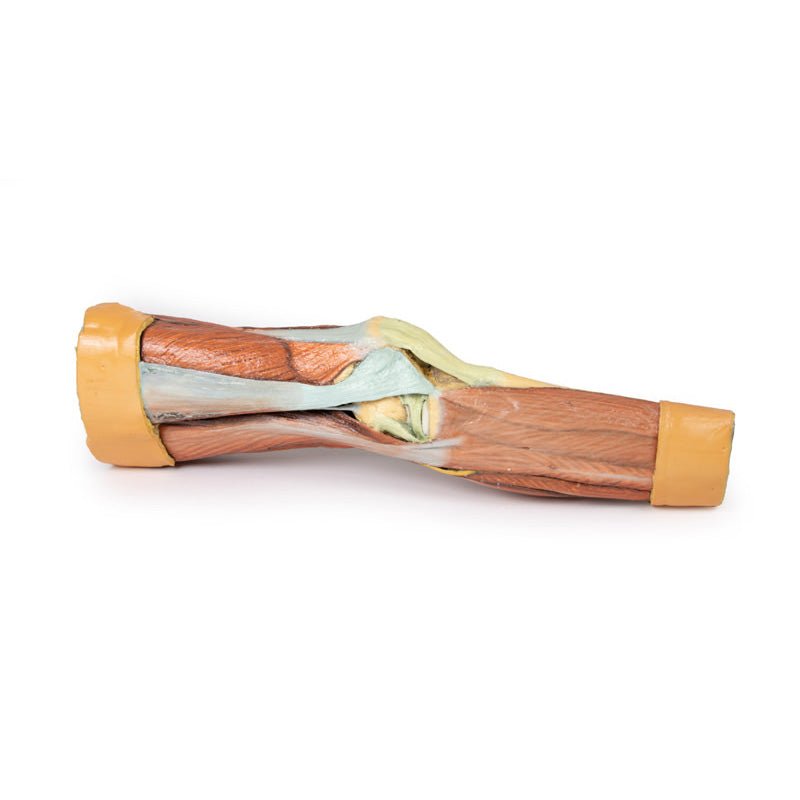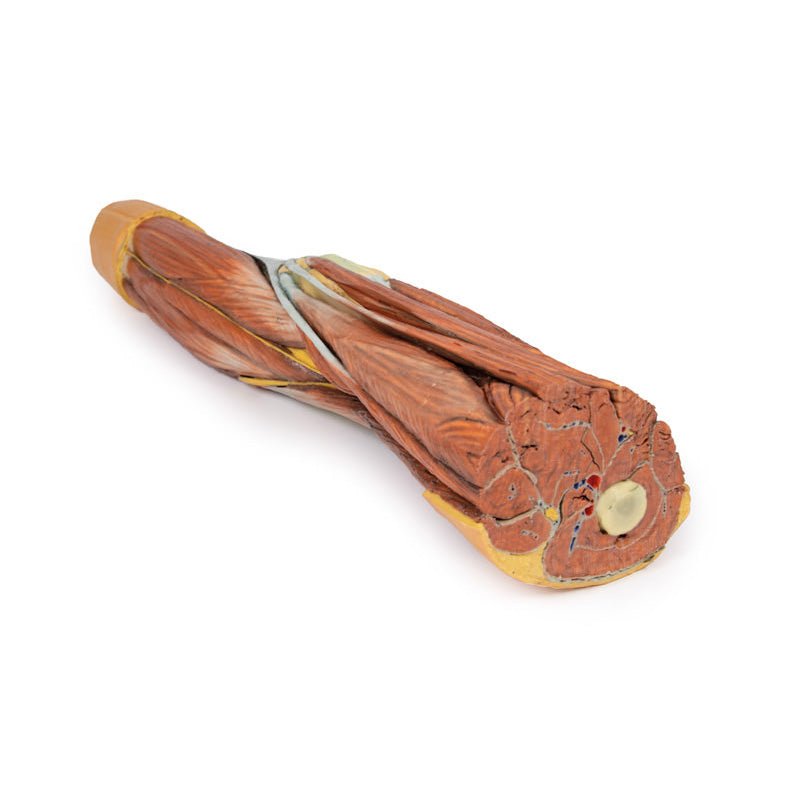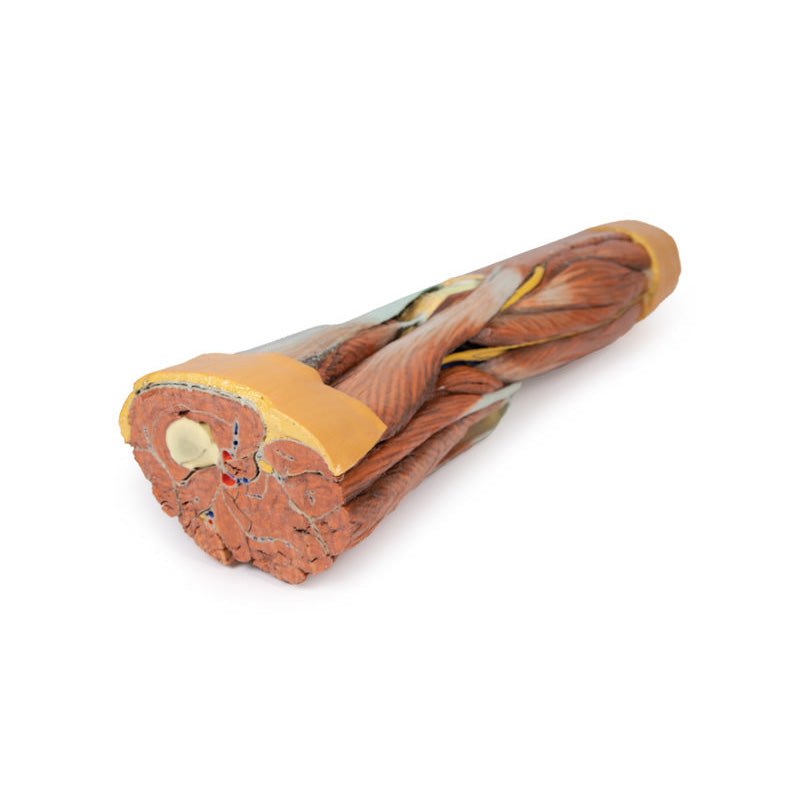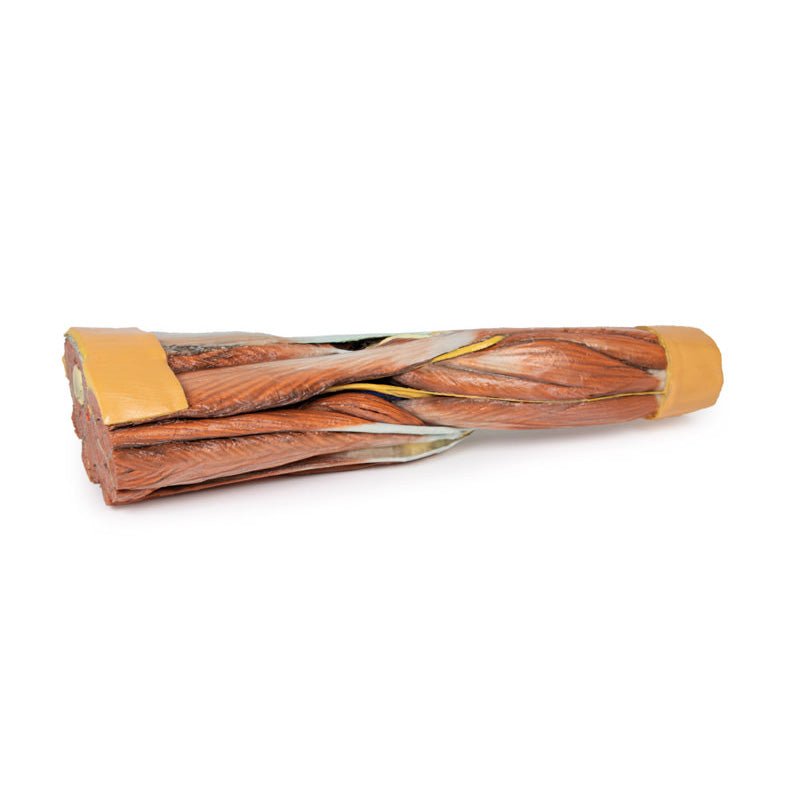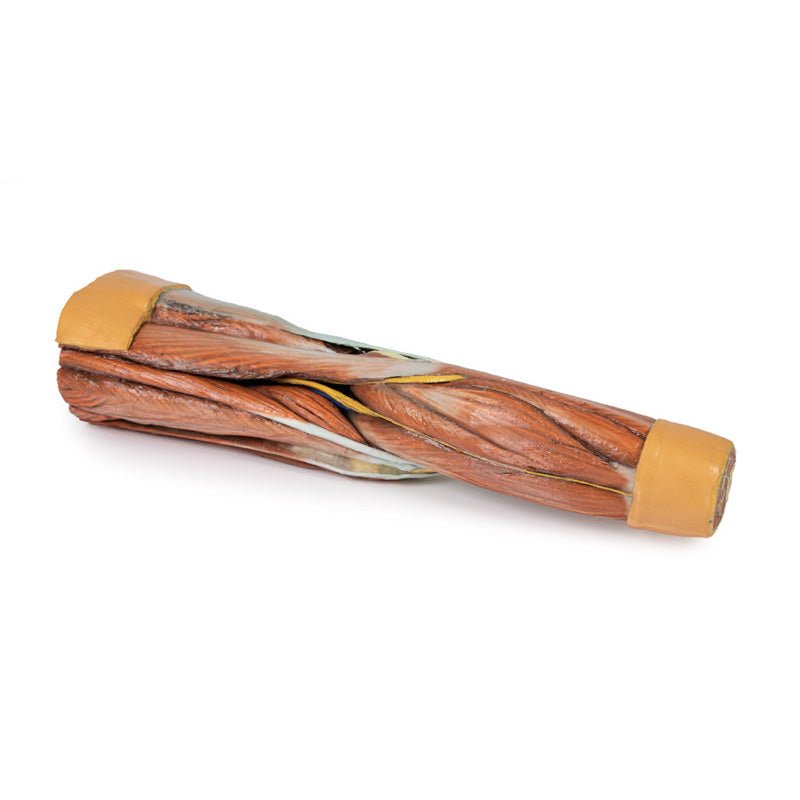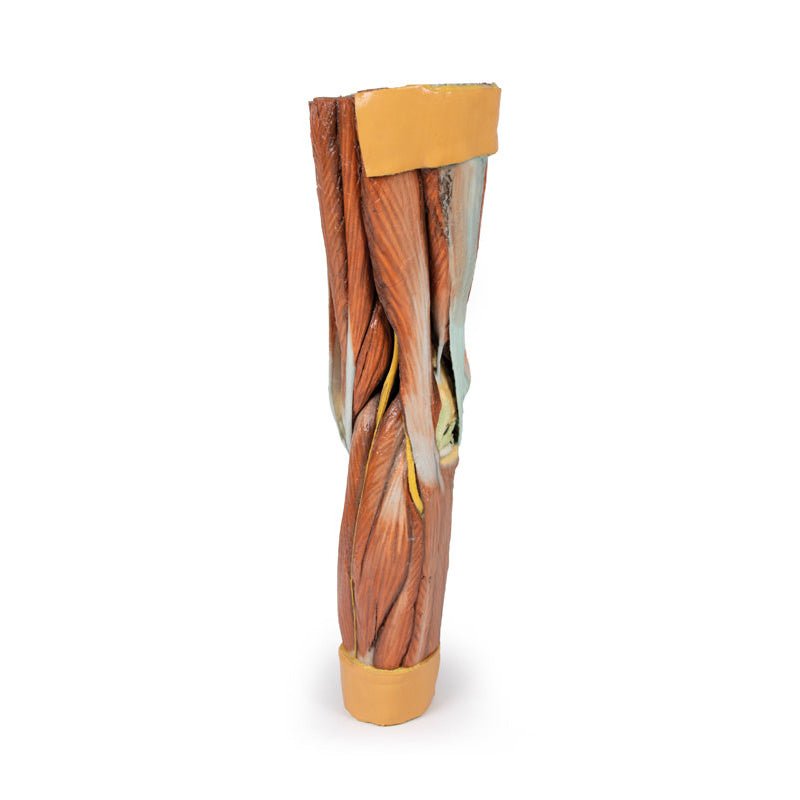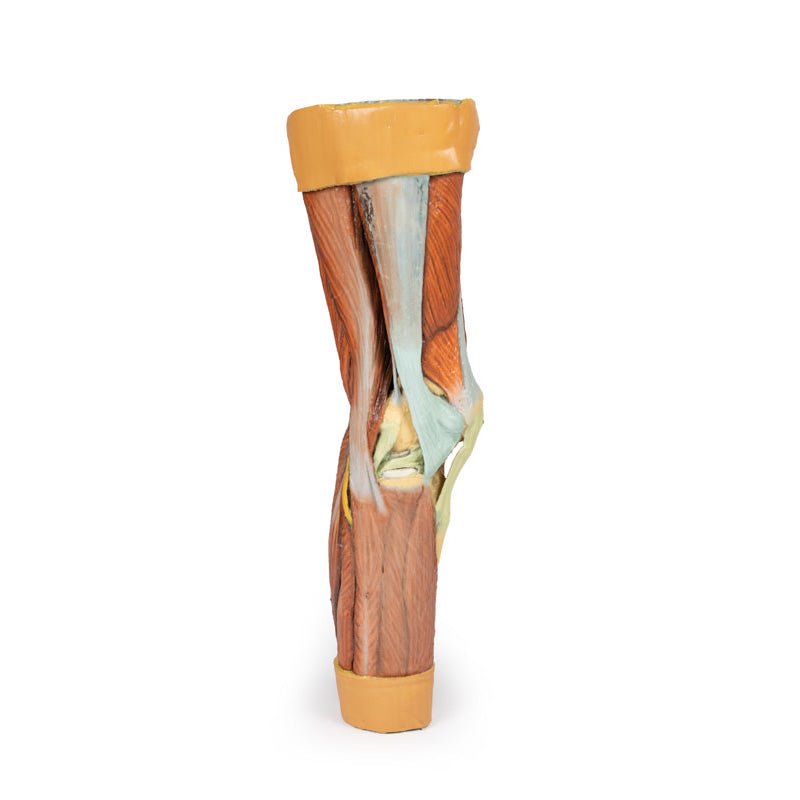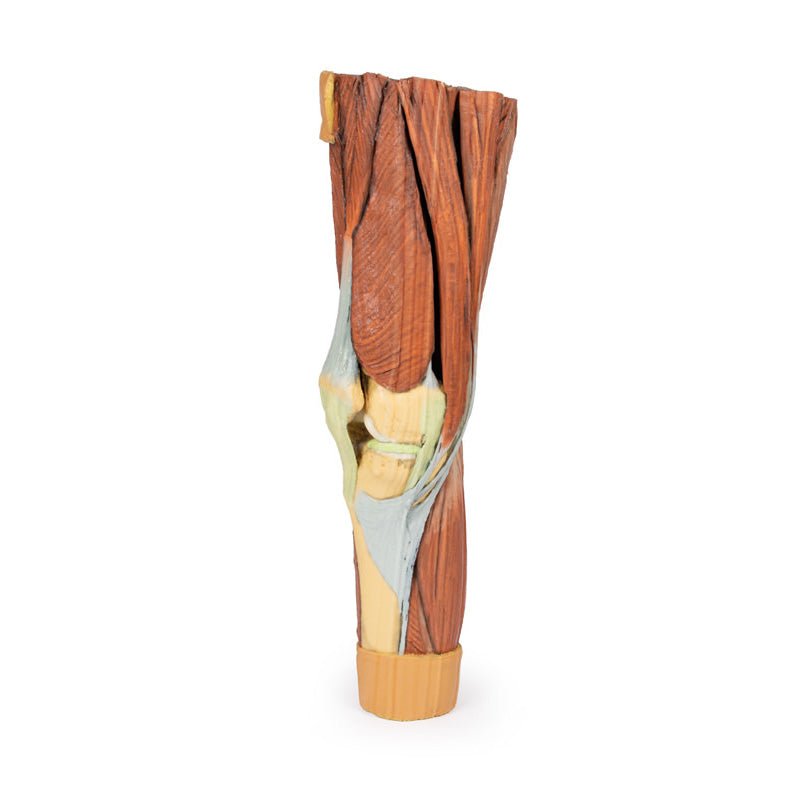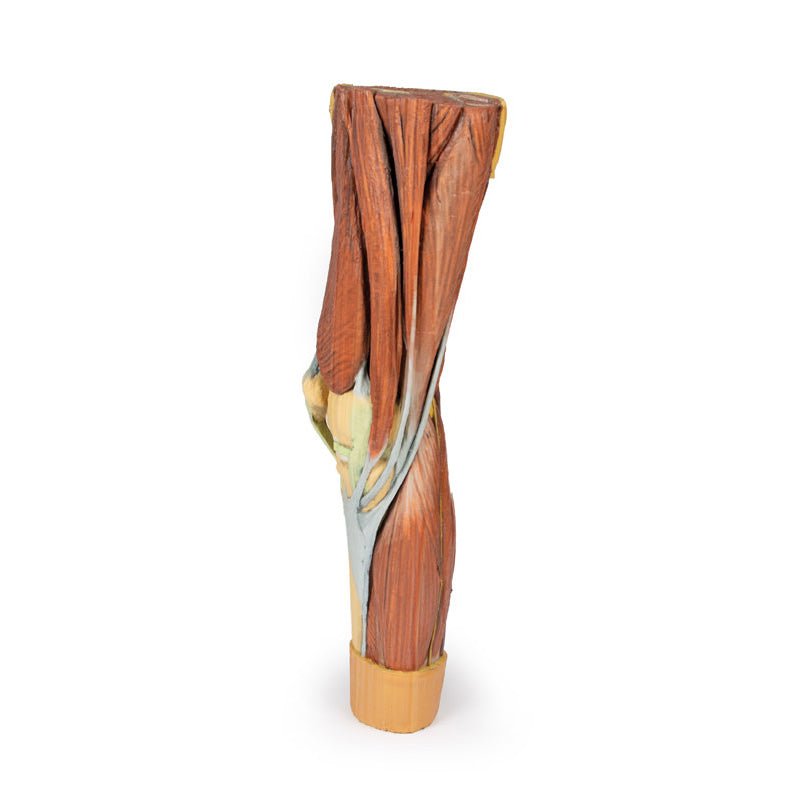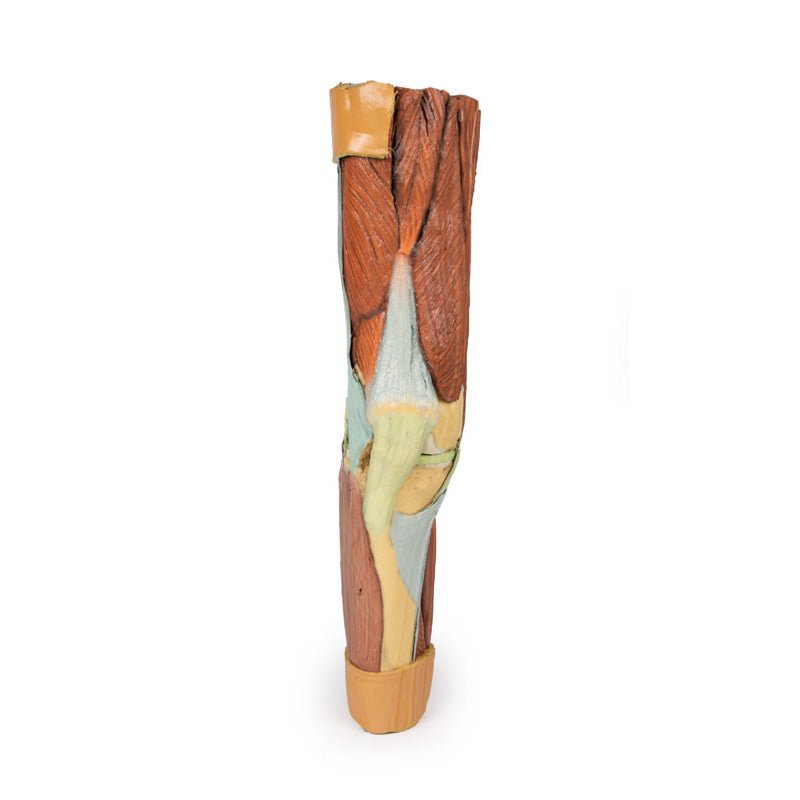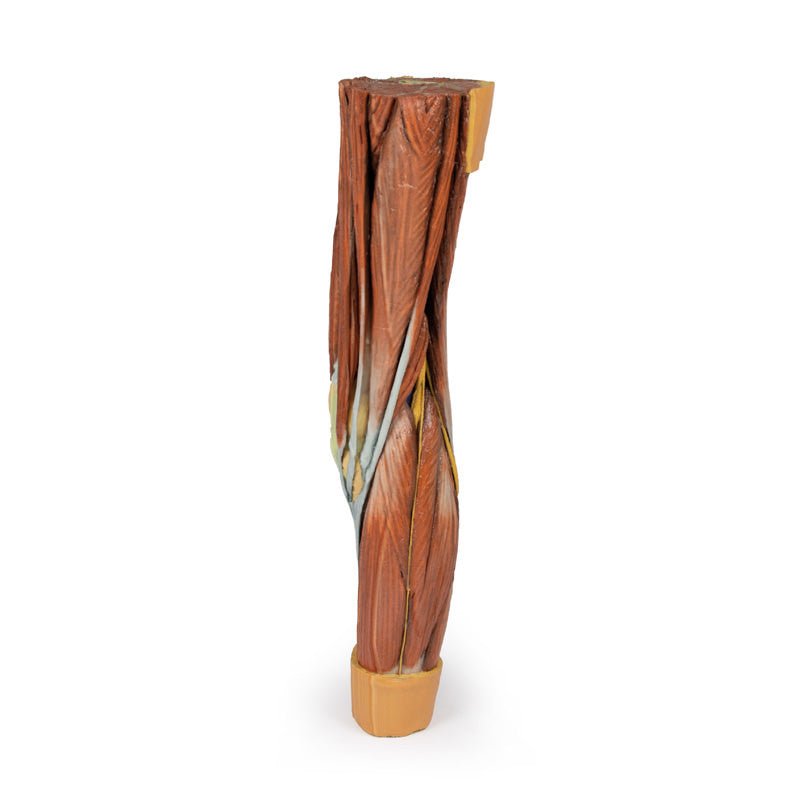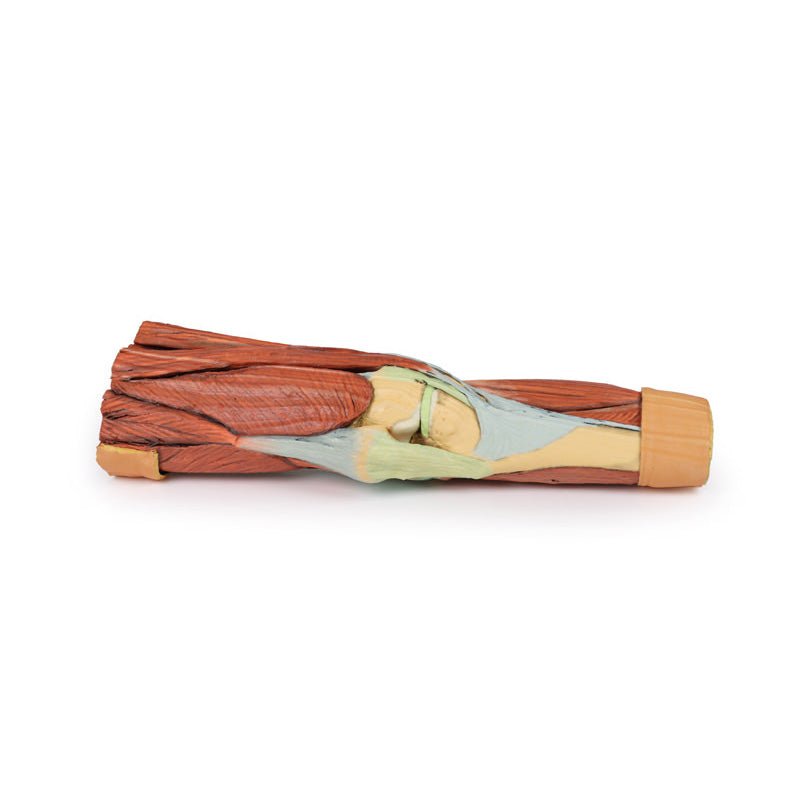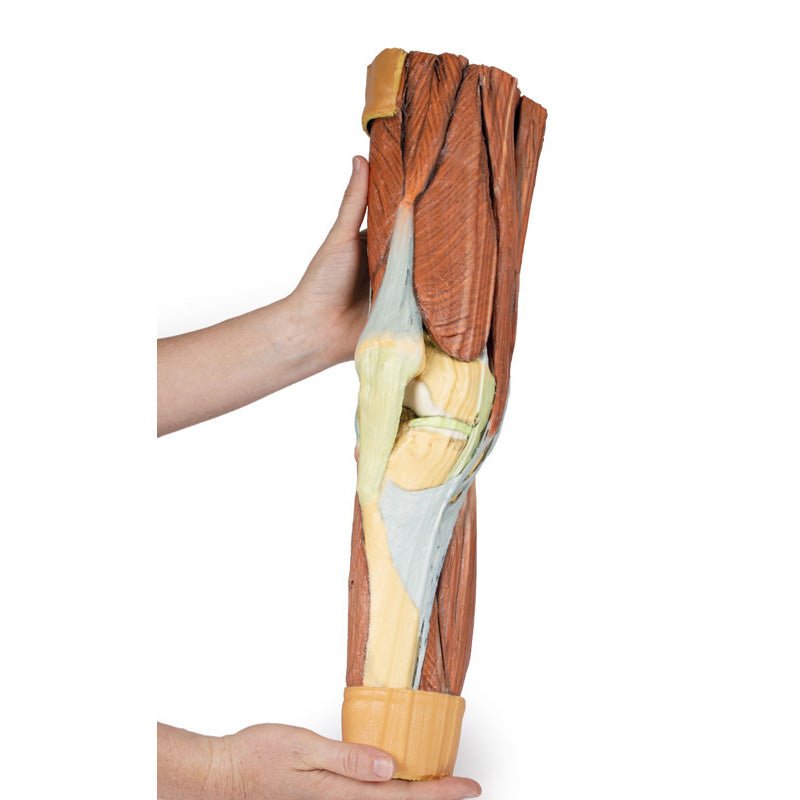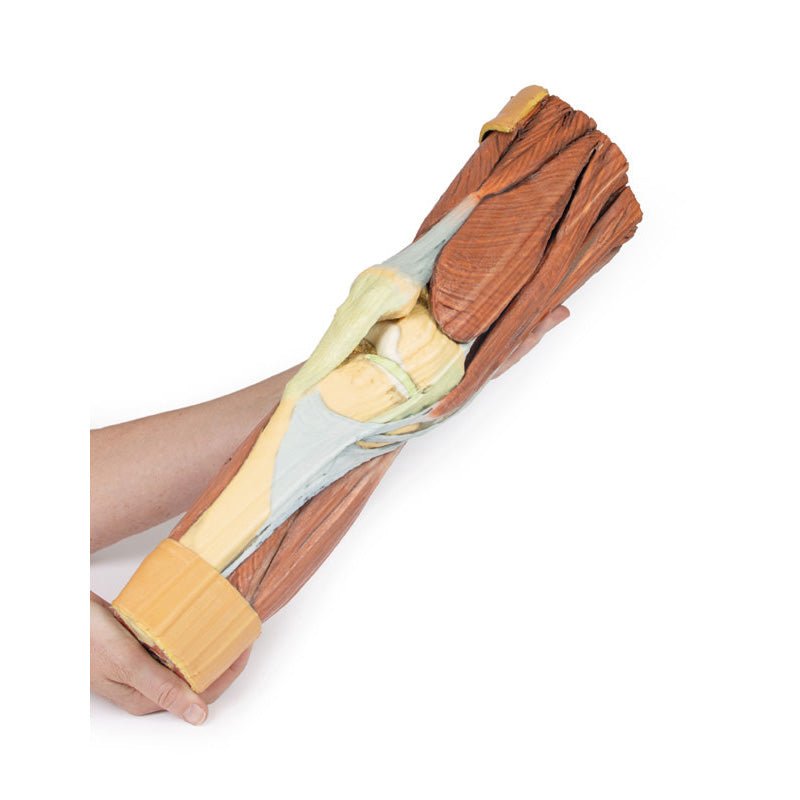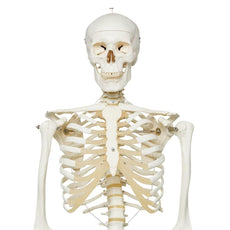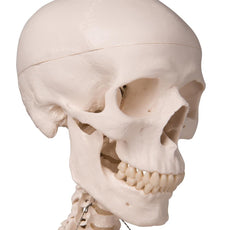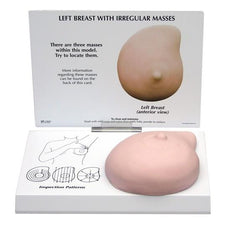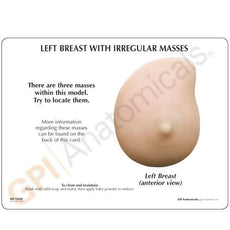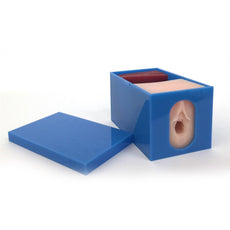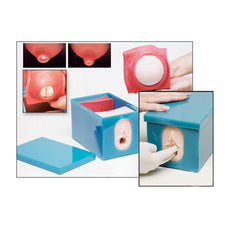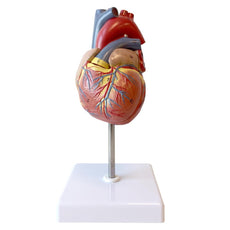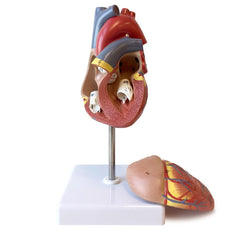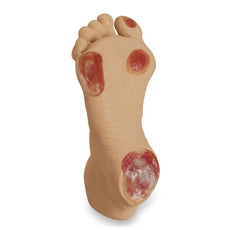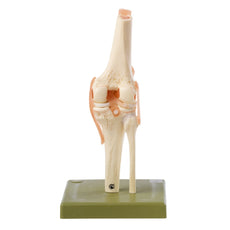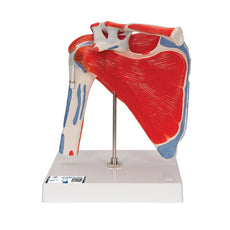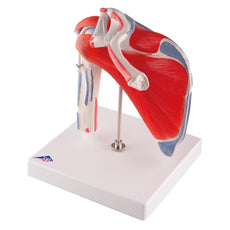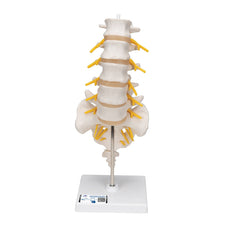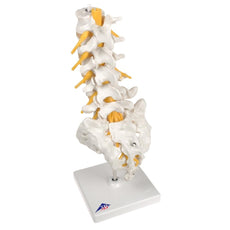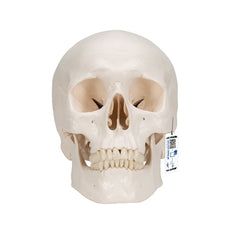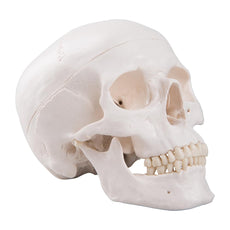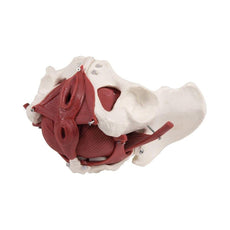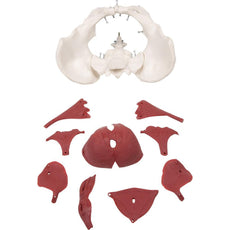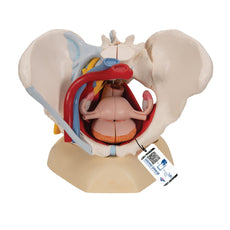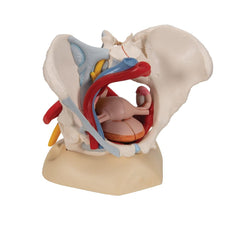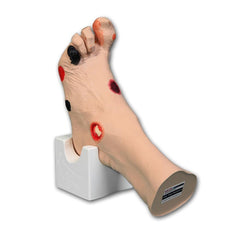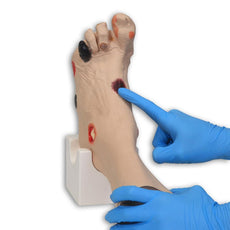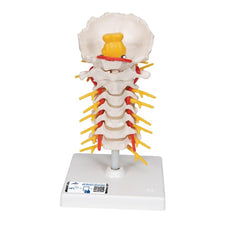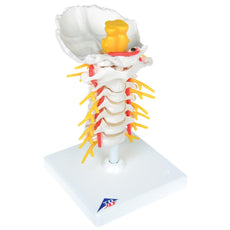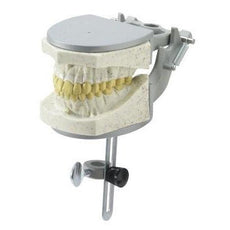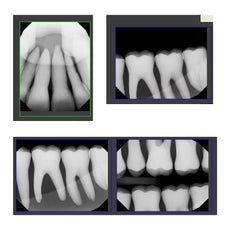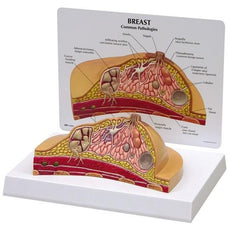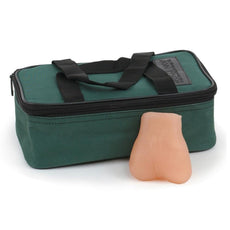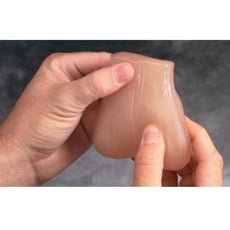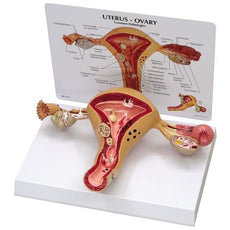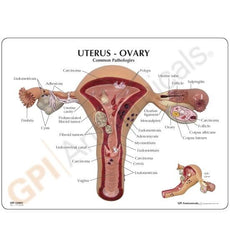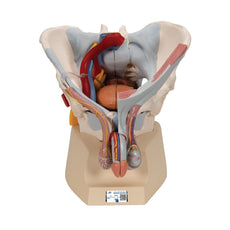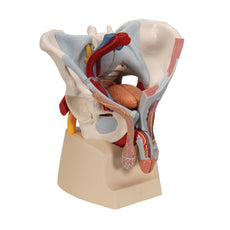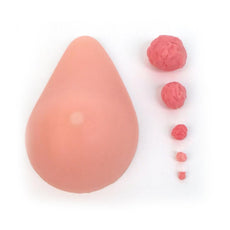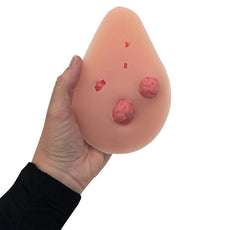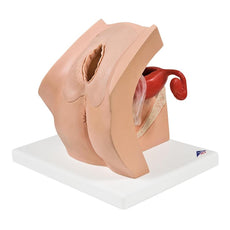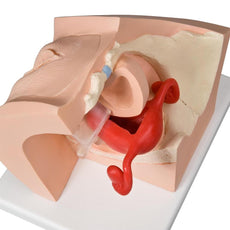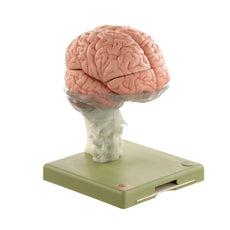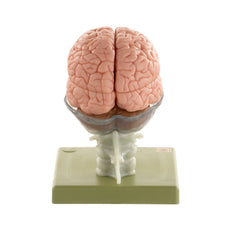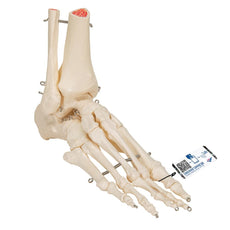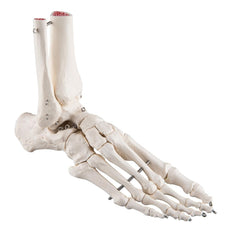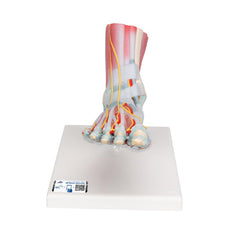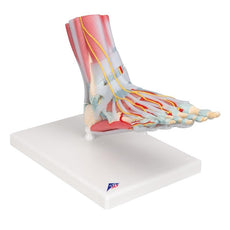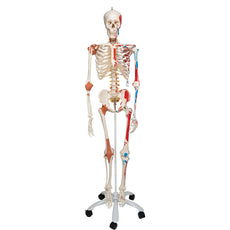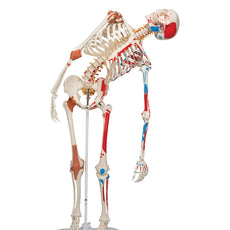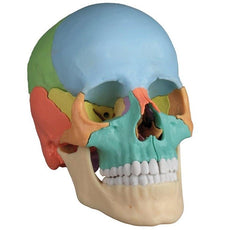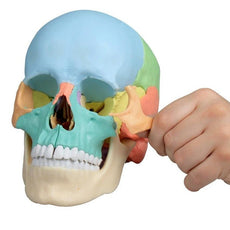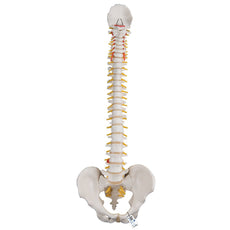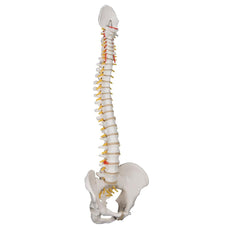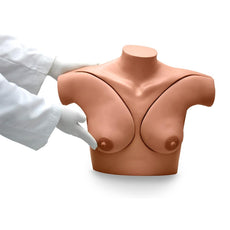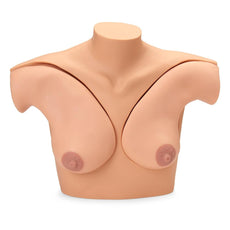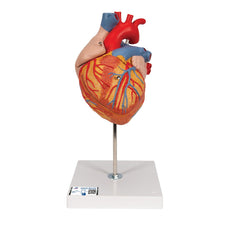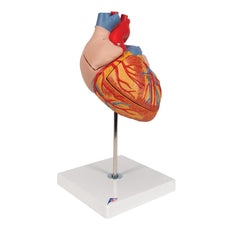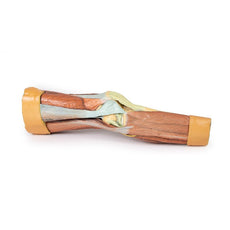Your shopping cart is empty.
3D Printed Lower Limb Musculature Model
The capsule of the knee joint has been opened anteriorly to demonstrate the menisci and the tibial and fibular collateral ligaments. The superficial muscles of the leg are visible, with the anterior and lateral compartment muscles highlighted deep to the crural fascia. Within the popliteal fossa, both the popliteal artery and vein are visible descending from the adductor hiatus.
The sciatic nerve is seen bifurcating in the fossa, with the common fibular, tibial, and sural nerves preserved.
The proximal cross-section provides a view of the distal thigh musculature of the anterior, medial and posterior compartments. The femoral artery and vein and saphenous nerve are visible within the adductor canal.
The sciatic nerve and perforating branches of the profunda femoris artery (and accompanying veins) are visible in the posterior compartment. In the distal cross-section, muscles of the anterior, lateral and posterior compartment are visible.
The superficial and deep fibular nerves are visible in the anterior and lateral compartments, respectively. In the anterior compartment, the deep fibular nerve is adjacent to the anterior tibial artery and veins. In the posterior compartment, deep to soleus, both the posterior tibial and fibular arteries and veins are highlighted near the tibial nerve.
Download Handling Guidelines for 3D Printed Models
GTSimulators by Global Technologies
Erler Zimmer Authorized Dealer

10.0 lb
🎄 HOLIDAY SAVINGS - Ends Dec 31 🎄
Discount has been automatically applied for this item.
3D Printed Lower Limb Musculature Model
Item # MP1810
$2,808.00
$3,120.00
You save $312.00
Need an estimate?
Click Add To Quote

Features & Specifications
-
by
A trusted GT partner -
FREE Shipping
U.S. Contiguous States Only -
3D Printed Model
from a real specimen -
Gov't pricing
Available upon request
Frequently Bought Together
3D Printed Lower Limb Musculature Model
This 3D printed specimen preserves a superficial dissection of the lower limb musculature from the mid-thigh to mid-leg, as well as nerves and vessels of the popliteal fossa. The insertions of the muscles of the anterior, middle and posterior compartments of the thigh are visible, including the pes anserinus medially and the iliotibial tract laterally.The capsule of the knee joint has been opened anteriorly to demonstrate the menisci and the tibial and fibular collateral ligaments. The superficial muscles of the leg are visible, with the anterior and lateral compartment muscles highlighted deep to the crural fascia. Within the popliteal fossa, both the popliteal artery and vein are visible descending from the adductor hiatus.
The sciatic nerve is seen bifurcating in the fossa, with the common fibular, tibial, and sural nerves preserved.
The proximal cross-section provides a view of the distal thigh musculature of the anterior, medial and posterior compartments. The femoral artery and vein and saphenous nerve are visible within the adductor canal.
The sciatic nerve and perforating branches of the profunda femoris artery (and accompanying veins) are visible in the posterior compartment. In the distal cross-section, muscles of the anterior, lateral and posterior compartment are visible.
The superficial and deep fibular nerves are visible in the anterior and lateral compartments, respectively. In the anterior compartment, the deep fibular nerve is adjacent to the anterior tibial artery and veins. In the posterior compartment, deep to soleus, both the posterior tibial and fibular arteries and veins are highlighted near the tibial nerve.
Download Handling Guidelines for 3D Printed Models
GTSimulators by Global Technologies
Erler Zimmer Authorized Dealer
These items normal warranty are two years, however the warranty doesn’t cover “wear and tear”. The manufacturer does have 100% quality control on these models.
The models are very detailed and delicate. With normal production machines you cannot realize such details like shown in these models.
The printer used is a color-plastic printer. This is the most suitable printer for these models.
The plastic material is already the best and most suitable material for these prints. (The other option would be a kind of gypsum, but this is way more fragile. You even cannot get them out of the printer without breaking them).The huge advantage of the prints is that they are very realistic as the data is coming from real human specimen. Nothing is shaped or stylized.
The users have to handle these prints with utmost care. They are not made for touching or bending any thin nerves, arteries, vessels etc. The 3D printed models should sit on a table and just rotated at the table.
The models are very detailed and delicate. With normal production machines you cannot realize such details like shown in these models.
The printer used is a color-plastic printer. This is the most suitable printer for these models.
The plastic material is already the best and most suitable material for these prints. (The other option would be a kind of gypsum, but this is way more fragile. You even cannot get them out of the printer without breaking them).The huge advantage of the prints is that they are very realistic as the data is coming from real human specimen. Nothing is shaped or stylized.
The users have to handle these prints with utmost care. They are not made for touching or bending any thin nerves, arteries, vessels etc. The 3D printed models should sit on a table and just rotated at the table.

by — Item # MP1810
3D Printed Lower Limb Musculature Model
$2,808.00
$3,120.00
Add to Cart
Add to Quote



